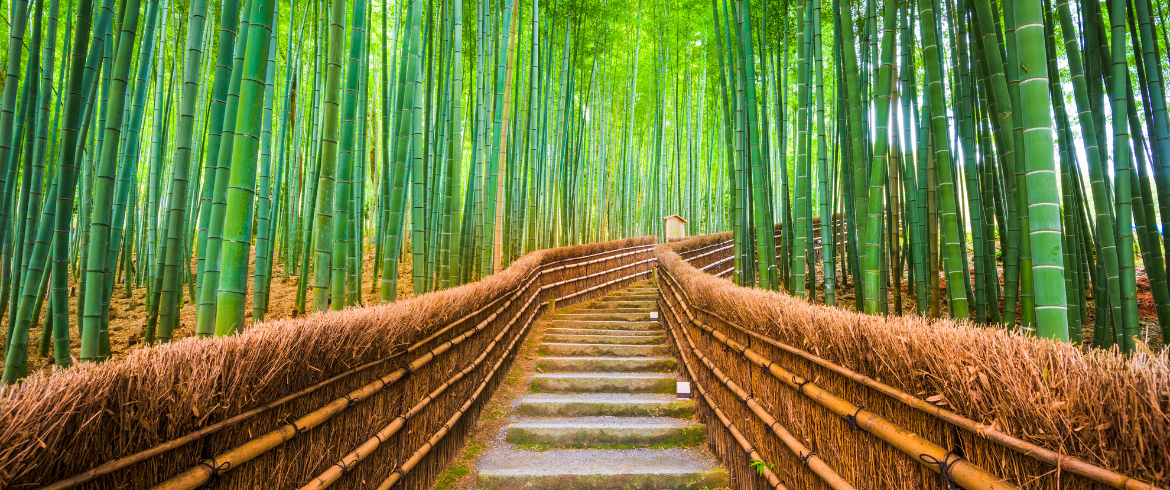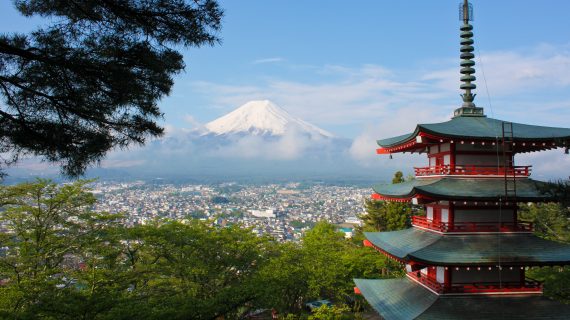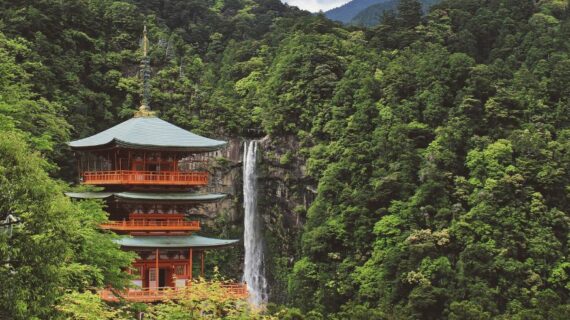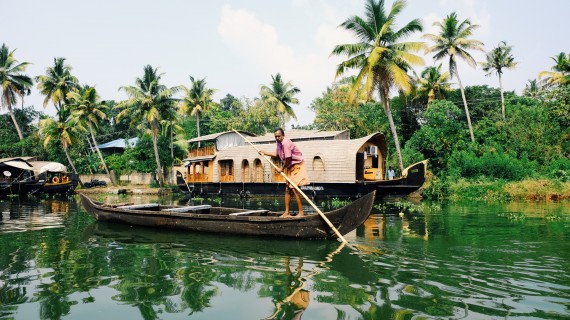Japan is a country of contrasts where fast-paced cities meet timeless traditions. Some places pulse with energy and movement, while others invite quiet reflection. For travelers spending more time here, finding a balance between everyday routines and exploration often becomes both manageable and deeply rewarding.
Travelers often combine sightseeing with personal routines. That might include checking emails, writing, or relaxing at set times. Staying connected with an eSIM for Japan travel makes it easier to do that while moving between locations. Here are some ways to maintain balance while exploring different parts of Japan.
Traveling sustainably in Japan doesn’t mean sacrificing comfort — it means making intentional choices: using public transportation, staying in eco-friendly accommodations, taking time for nature, and respecting local cultures and traditions.
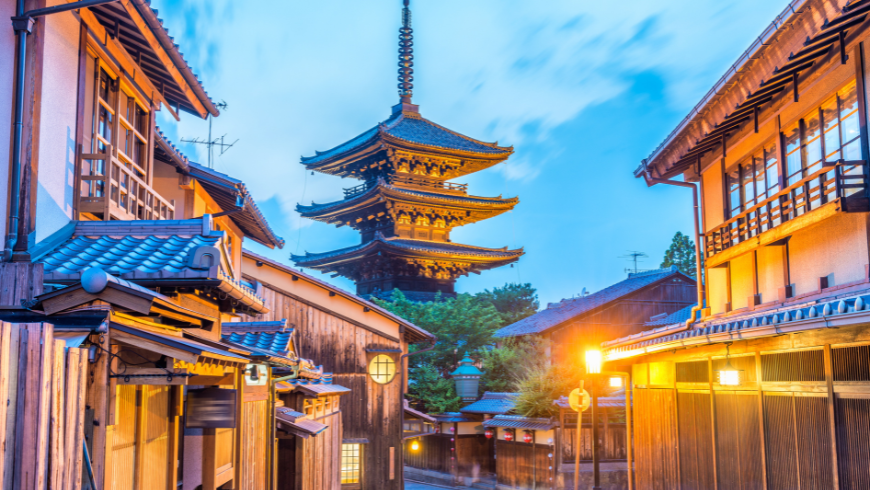
Here are some ways to maintain that balance while exploring Japan responsibly.
Adapting to the Regional Pace and Vibe
Each area of this country has its own flow. The pace in major cities tends to move quickly, which can be energizing for those who thrive on structure. City stops often bring early mornings, convenient transit, and access to everything needed for personal and work tasks. On the other hand, regions with slower pace offer time to reflect, relax, and shift into a different rhythm.
Making small adjustments to daily habits can improve the experience. For example, people might plan their schedules earlier in busy cities while allowing for a slower morning start in less populated places. Recognizing and adapting to these subtle shifts helps create a more natural routine while exploring different regions.
Navigating Between Regions in a Low-Impact Way
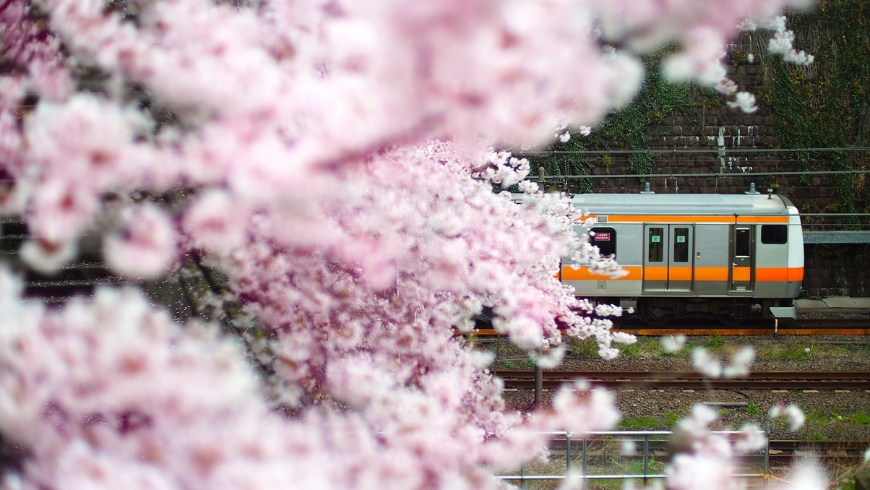
Japan’s efficient transportation system makes it easy to travel between regions — and also helps reduce your environmental footprint. High-speed trains (Shinkansen), local lines, and buses offer eco-friendly alternatives to domestic flights or car rentals.
Eco-minded travelers can:
- Use the Japan Rail Pass to minimize transportation impact.
- Choose walking or cycling when exploring smaller towns and natural areas.
- Plan longer train rides as moments for writing, reading, or quiet reflection.
Rail travel isn’t just efficient — it’s one of the most sustainable ways to move through the country.
Creating a Supportive and Grounded Routine
Consistency matters, especially when shifting between regions. It helps to establish small habits that remain familiar — morning walks, journaling, time offline. Incorporating nature into your routine — even in cities — enhances well-being and fosters deeper connection with the environment.
Some travelers structure their days in three parts: a mindful start to the morning, active midday exploration, and a calm evening with something grounding. This rhythm not only supports mental balance but reduces the urge to rush through destinations.
Choosing Eco-Friendly Accommodations
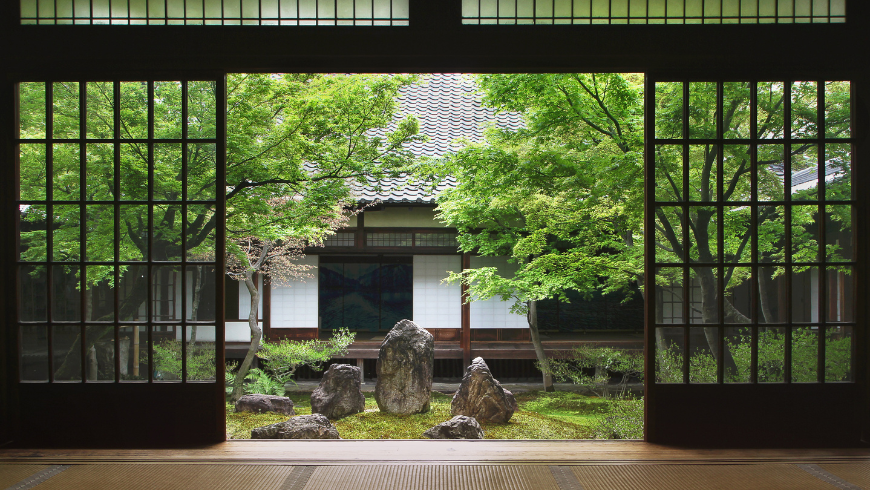
Where you stay greatly influences how well your travel values align with daily comfort. Japan offers a range of options, from modern hotels to traditional houses, but selecting accommodations that prioritize sustainability can make your journey more meaningful.
Look for places that:
- Use renewable energy or have eco-certifications.
- Support local communities by offering regionally sourced meals and goods.
- Provide waste separation, water-saving features, and energy-efficient amenities.
Eco-conscious guesthouses, countryside ryokan, or green hotels offer both comfort and responsibility. Staying near transit hubs in cities is convenient, while in quieter areas, nature-focused stays support deeper rest.
Staying Connected — Without Losing Presence
Having reliable connectivity is important, especially when traveling and working on the move. While public Wi-Fi exists, it’s often inconsistent. An eSIM makes access smoother. Still, consider digital balance: stay connected when needed, but allow time offline to fully engage with the experience.
Use tech to enhance your journey, not to distract from it. Find moments — at a garden, on a hike, or during a temple visit — to unplug and be fully present.
Finding Quiet Spaces and Natural Pauses
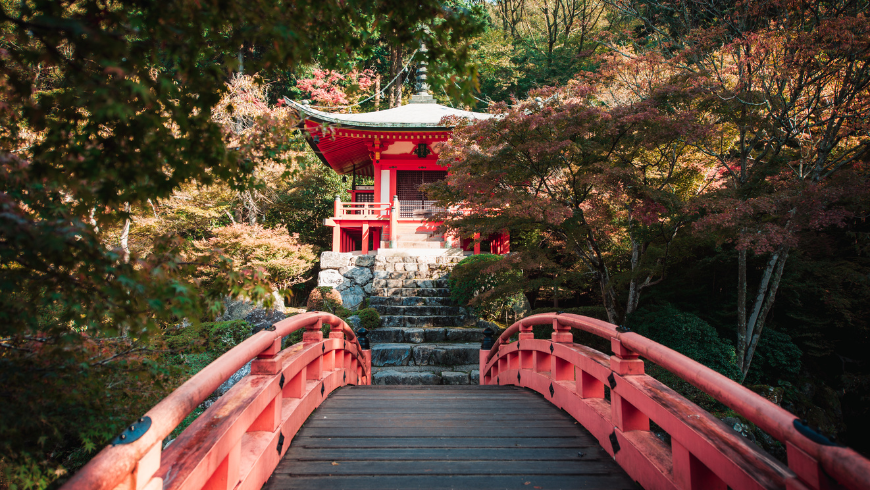
Not every moment needs to be filled with activities. In fact, slow travel thrives on intentional pauses. Throughout Japan, travelers can find gardens, river paths, and peaceful benches that invite stillness.
These spaces are valuable because they:
- Allow reflection and grounding
- Provide clarity between tasks
- Support emotional well-being on the move
By slowing down, travelers often discover details and connections that fast travel misses.
Exploring More, by Staying Longer
Balancing daily life with travel doesn’t mean rushing from one place to another. Many travelers now choose to stay longer in one spot — not just to see more, but to experience better.
Spending two or three nights in the same location allows time to find a favorite morning café, learn local customs, or discover hidden walking paths. It also reduces the environmental cost of frequent transfers.
Staying longer supports both the local economy and your own rhythm — it’s a win-win for sustainability and serenity.

Exploring Japan while maintaining daily balance is not only achievable — it’s more fulfilling when done sustainably. With thoughtful planning, low-impact transportation, eco-conscious accommodations, and a pace that honors both self and place, travelers can fully experience Japan without leaving their values behind.
Sustainable travel is not just about where you go, it’s about how you live while you’re there.
Cover image: Bamboo Forest, Kyoto, Japan. Photo via Canva PRO
